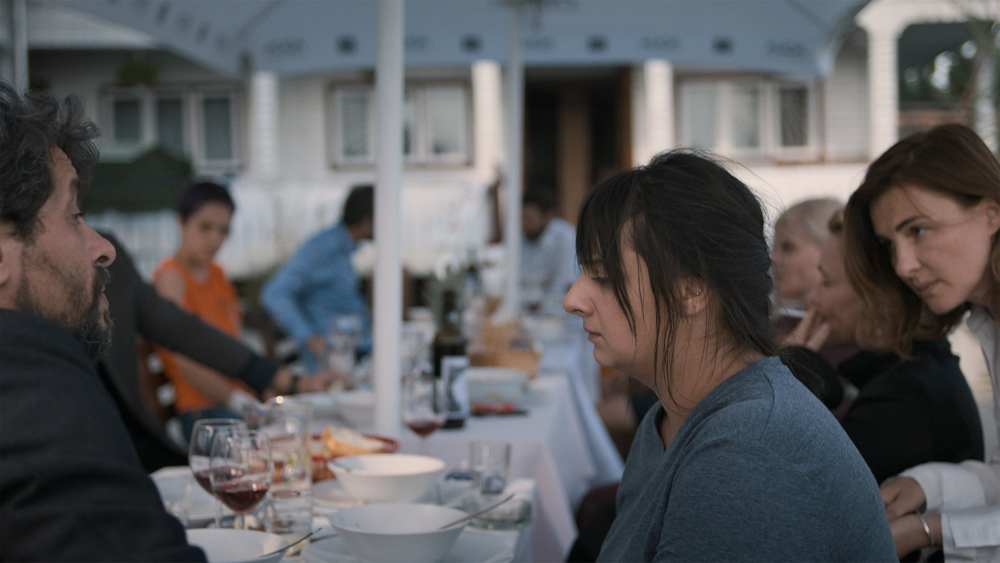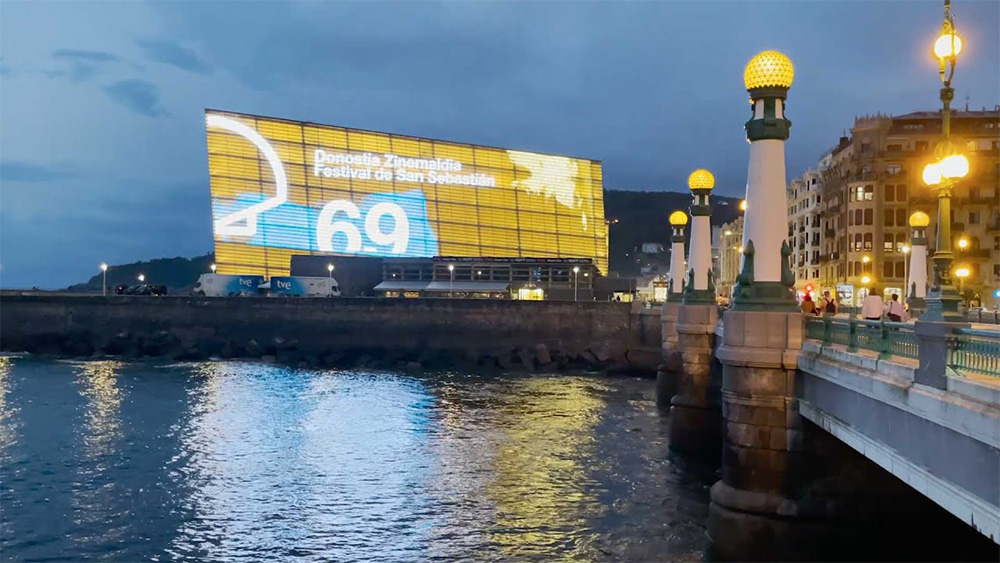The most interesting section and the value of fame
- The media have referred to the difficulties encountered in getting tickets for the concert. "This year I have achieved nothing" or "next year accreditation, fixed" are some of the comments I have heard here and there; I, for the sixth day, started the day with the alarm at 6:45. However, for those who still want to attend, I recommend the Nest section, which is a little sidelined, and which offers the sessions reserved for film school students. Strong and courageous searches that, far from a work of the ikastola, have just begun to influence the world of cinema.

Today's program kicked off with the movie Ob scena, by Paloma Orlandini, which is premiered in theaters. The Argentine short film has launched an investigation into sex and pornography, experiencing the director's experiences with the archive and animation. The implicit and explicit images, the direct but complex voices off, and the relationship that is established between the two, account for Orlandini's univocal and gets to dance with personal experiences. From some texts written by a psychiatrist in Cuba in the 1980s, the film intends to reflect on the social control that contains the representation of sex. The sound design has been carried out in detail and has managed to create a special atmosphere. Highly recommended.
He has been followed by Yearlings, a work set in southern France and which has been rejected. Directed by Mélanie Akoka, the film features the participation of an adolescent who moves to adolescence via the Internet. The adolescent, who has a rather distant presence from his mother, relates to the young man who has come to fix the wall, as well as his horse. The film revolves around the pulses of desire, seductions and admirations, as well as the first disappointment. It is a film of beautiful images, built with brief but accurate interviews. The silence of the inner world has a great presence in the film, and, with few actions, it has taken it well.

The last of this program has been the Piatrium Podul of the Elias Kerejeta Film School. Director Artur-Pol Camprubí is the author of the photo address. The protagonist is the Romanian woman Angelica who lives in the List of Aragon and the peculiarity of her presence: the condition of being present here and there. The film opens with the birth of a foal and the relationship between Angelica and the people, and the presence of the horse. The film, shot in 16 millimeters, shows the director's strong decisions, with a fine choreography between light and motion.
The last film that has been projected has been that of Aitor Merino, within the Zinemira section. The director of the film, Asier ETA Biok, has presented the work Fantasia that starts on a family trip and is also built as a family file. Merino has written in the intimacy of the family a work that has matured over four years and shows from within the joys and clashes between his own, focusing mainly on the parents. The type of record of the film is fresh, domesticated and very familiar. The parents are reassured to their children, confident in their proximity. The fact that the director is behind the camera also alters family records and becomes the family home scenario. However, the registration of the most personal things has a risk in terms of the legitimacy of what can be shown. From time to time, the viewer has a feeling that what they're seeing isn't getting too much into each other's accounts, which makes them feel uncomfortable. In this sense, it is a work that touches the edges, as the parents are seen more than the director. Merino has clarified that this is a project developed in family and with the closest ones, as his sister Amaia has also been very present. The film starts with the journey they want to remember in the future and tries to build the family album of the future. What, at the end of the day, is film?























